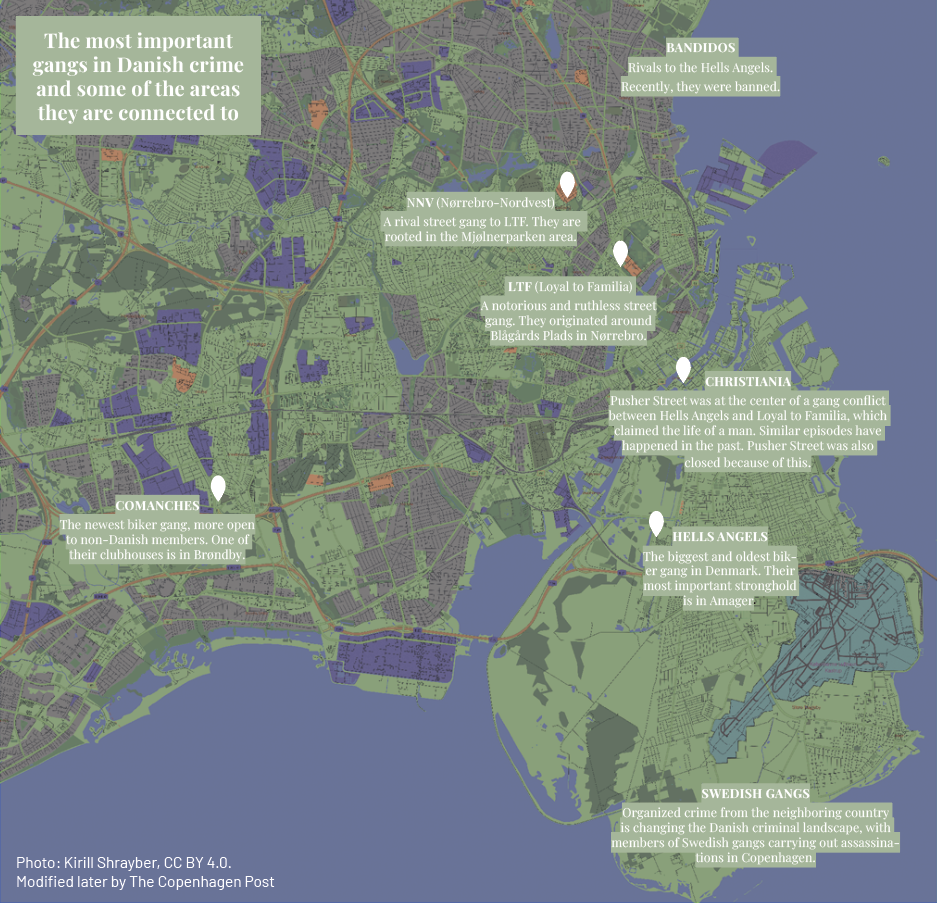A government bill that will soon be passed with the support of the government, Dansk Folkeparti and Socialdemokratiet will ensure there is more help for children with dyslexia at Danish schools, including testing for the condition in the fourth grade.
At present, only three of the country’s 15 teacher training colleges offer courses to educate the students about the best way to teach dyslexic children.
Most teachers clueless
“Many new teachers know nothing about dyslexia, and if they don’t know what it is, they won’t be able to identify the children who have it,” the Ordblindeforeningen dyslexia association chair Christian Bock told Politiken.
“Right now, there is not even a module in teacher training called dyslexia – that’s a huge problem.”
Late diagnoses
In many cases, dyslexic students only end up being diagnosed at gymnasium when they are in their late teens.
Ordblindeforeningen would like children to be tested when they are in the third grade, so aged nine or ten.
Although official Danish figures suggest 4-7 percent of Danes are dyslexic, it is more likely that around 7-10 percent are.
A generation of anxious children who find they simply can’t go to school
Children are increasingly not going to school because they can’t handle the pressure. According to Aarhus Municipality at least 30 children regularly stay away, while another 70 are only at school half the time – a problem observed in all of Denmark’s major cities. “The number is rising, and there is no indication that the developments is reversing,” Jan Sejersdahl Kirkegaard, a psychologist attached to the municipality, told Politiken. “The child is in turmoil at school. The increasing social and professional demands lead to them isolating themselves – often at home behind a computer. They are hard to penetrate and many parents feel powerless in the situation.” The problem, therefore, is not truancy and delinquency, as the children would like to attend school. Rather it is an increase in conditions such as Pathological Demand Avoidance (PDA), which causes children to suffer great anxiety about being asked to do things at school and have regular panic attacks – episodes that are misunderstood by teachers poorly equipped to cope. Despite being on the autism spectrum, the children live relatively normal lives. Kirkegaard did not specifically mention PDA.
More schools banning mobile phones to encourage social connectivity
One in five public schools in Greater Copenhagen has a total ban on mobile phones, according to a DR survey of 78 schools in the municipality. In some cases, the students have to hand in their phones at the start of the day and then wait until they go home to catch up on messages such as “You’ve won a million kroner, but have until lunchtime to claim your prize,” and “I’m putting your cat down – meet you at the vet at 2.” Dronninggårdskolen in Rudersdal, which has imposed a ban, told DR that it wanted to work on “students’ ability to immerse themselves, concentrate and focus more on their learning and mutual understanding”. Not only was it important to pay attention in class, but also to not use a phone during breaks and practise social skills instead.
Rising numbers going to private school – up 5 percentage points in decade
Some 17 percent of children leaving kindergarten will go on to private school, according to Danmarks Statistik. In 2017, 51,163 children aged 6-7 started public school, while 10,518 began at private school – the result of a steady rise over the last ten years. In 2007, only 12 percent chose to go straight to private school. Andreas Rasch-Christensen, a researcher at VIA University College, called it “an alarming trend that more parents aren’t giving their children a taste of primary school”. Since 2007, some 318 public schools have closed (down 20 percent), while the number of private schools has jumped by 50 (up 10 percent).














